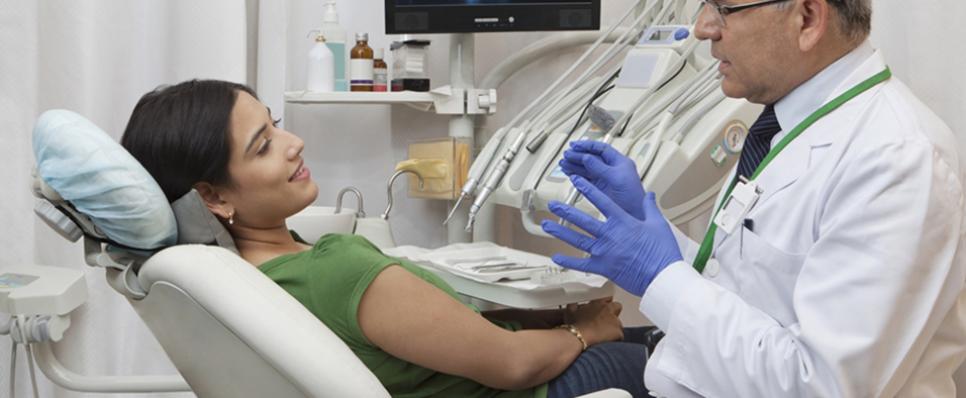Published: 27 Sep 2017
How pure is the dentist’s gold?

Gold has been used in dentistry since the time of the ancient Egyptians. Some of the earliest examples of gold in dentistry include a discovery in the shafts of the great pyramid of Giza, wherein a gold wire that held two molar teeth together was found. Gold is still used extensively for dental work, with 80 tons of it consumed every year by the dental industry - and for good reason.
The mouth is a formidable environment for any substance that wishes to call it a home. After all, the purpose of the mouth is to break down food. From the saliva that helps food to decompose, to the sharp incisors that cut and the heavy molars that crush, the mouth is designed to break down.
Remarkably, however, gold is one of those unique metals that can face up to the punishment that the mouth dishes out. Due to gold’s atomic structure, the element is fairly inert and almost doesn’t react to anything. This helps prevent gold from corroding and gives it a long life – an ideal property for a gold crown you expect to keep a lifetime.
However, because the mouth is such a relentless environment, using pure gold, or 24k gold, would be ill advised. 24k gold is extremely soft and malleable. This means it can get deformed easily, and hence would not make for a good crown for your tooth. Instead, dentists use a 16k alloy (or 66% pure) gold. In order to achieve this, they mix gold with other materials such silver, palladium, copper, and/or tin. The resulting alloy is much tougher, and can withstand the pressures of chewing.
While the benefits of gold in dentistry is well known today, it is intriguing to postulate whether the ancient Egyptians knew the same properties of gold as we do today, or whether their motivation to use gold in dental implants and braces was motivated by something else.











